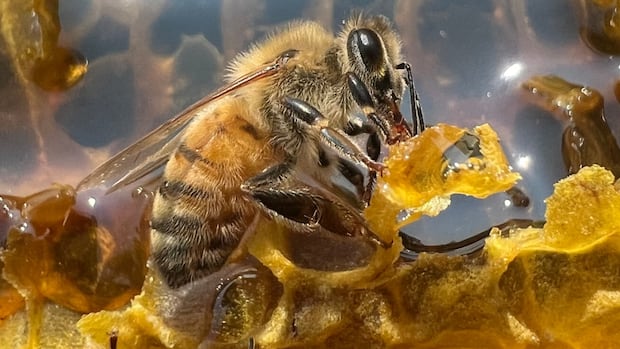De-extinction or pre-extinction? Biotech company’s resurrected ‘dire wolves’ raise questions

American biotech company Colossal Biosciences made headlines recently with the announcement of their groundbreaking achievement – the successful de-extinction of the world’s first animal. Using a combination of ancient DNA and cutting-edge gene-editing technology, the company has managed to create hybrid puppies that closely resemble the long-extinct dire wolves.
The three snow-white pups, two males, and a female, were born in a secret location in the northern United States, an area believed to have been inhabited by ancient dire wolves before their extinction 13,000 years ago. However, it is important to note that these resurrected dire wolves are not true dire wolves but hybrids with genetic traits similar to their extinct counterparts. By making 20 edits on 14 grey wolf genes, the company was able to create specific characteristics such as white coats, larger heads, and longer fur. Despite these modifications, the majority of their genetic makeup still resembles that of grey wolves.
One of the key concerns surrounding this groundbreaking development is the ability of these animals to breed successfully. Given their hybrid nature, it remains uncertain whether they will be able to reproduce with each other.
In addition to resurrecting dire wolves, Colossal Biosciences has ambitious plans to bring back other extinct species, such as the woolly mammoth and the dodo. By using modern elephants as a template, the company has already created a woolly mouse with known woolly mammoth mutations. Similarly, they are exploring the possibility of reviving the dodo using a chicken as a genetic template.
While the idea of seeing these de-extinct animals in real life is undoubtedly fascinating, it raises ethical and practical concerns. The ice age environment these animals once thrived in no longer exists, necessitating adaptations to new habitats or the creation of specialized environments for their care. Additionally, the resources required to bring back entire populations of extinct species would be substantial, with significant technological advancements and financial investments needed.
Furthermore, there are ethical considerations to take into account, including the low survival rates of cloned animals and the risks posed to surrogate mothers. Some experts argue that these resources would be better utilized in preventing the extinction of current species, which is rapidly escalating due to human activities such as habitat destruction and climate change.
Ultimately, the decision to focus on de-extinction projects should be weighed against the broader goal of halting the current mass extinction event driven by human activities. By prioritizing conservation efforts and addressing the root causes of biodiversity loss, we can potentially prevent the need for controversial de-extinction initiatives in the first place.
In conclusion, while the idea of bringing back extinct species may seem like a feat of scientific marvel, it is essential to consider the broader implications and prioritize conservation efforts to preserve our planet’s biodiversity for future generations.




